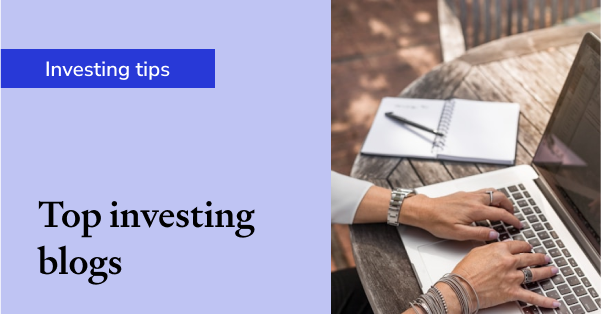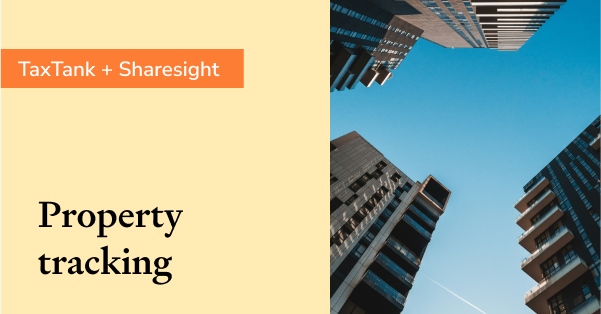How to handle the M2 Vocus merger to account for CGT
ASX-listed telecom companies M2 and Vocus announced a merger to create the region's 4th largest telco by market cap and to realise cost savings by combining operations.
What the merger means for investors
For M2 shareholders, this means that your M2 shares (MTU) will be converted into Vocus (VOC) shares at a set ratio. While the merger does not result in an immediate tax event due to rollover relief, you may be subject to capital gains tax if you sell your newly acquired Vocus shares within the next 12 months. While this corporate action is deemed a merger, it more resembles Vocus taking over M2 for the purposes of your investment portfolio.

How to handle the M2 Vocus merger in Sharesight
Fortunately, Sharesight makes it easy for investors to handle corporate actions, even complicated demergers, and to track the capital gains tax implications. Using Sharesight to track this merger will also maintain an accurate record of your portfolio performance.
Please note that we always advise you to consult your financial advisor or accountant regarding corporate actions, especially for tax purposes, as we are not authorised to provide financial advice. The information below, including the dates is subject to change. We encourage you to review the offical M2 Vocus merger document for full details.
Follow these steps to handle the M2 Vocus merger:
-
Sign up for a FREE Sharesight account and add your M2 holding.
-
Remove your M2 holding by recording a sell transaction at the cost base so that no CGT is calculated. If you have several M2 transactions you can obtain your cost base data by going to the Historical Cost Report found in the Reports menu. Set the sell date to 8 February 2016. (see screenshot below)
-
To reflect your new Vocus shareholding, first calculate how many shares you're entitled to based on the officially announced ratio of 1.625 Vocus shares for every 1 M2 share.
-
Add a new holding and use the opening balance feature. This allows you to enter a cost base which is used for CGT reporting (the original cost base of your M2 shares in this case), but performance reporting will be calculated based on the change in market value from the opening balance date. Use 8 February as the opening balance date. (see screenshot below)
Note: using this approach means that your CGT Report will not account for any CGT discount if you choose to sell your newly acquired Vocus shares in the next 12 Months. For tax purposes you may consider backdating the opening balance date as required when you run a CGT report, or downloading the CGT report into Excel format and making a manual adjustment.
Record a sell trade at your cost base for M2:

Record your new Vocus shares by using an opening balance:

What happens if I own both M2 and Vocus prior to the merger?
If you already owned VOC before the merger, using an Opening Balance transaction (per step 3 above) would not work.
In this instance, you should enter a new Buy transaction/s (for VOC) which emulates the dates at which M2 had originally been bought. You should adjust the quantities based on the ratio 1:1.625 (M2:VOC).
Note: If you have a large number of M2 trades, you can download the All Trades Report in Excel and filter out M2 specifically. This way you can obtain all of the necessary information, including dates and prices, while still adjusting the quantity per the merger ratio.
As long as all of the past dividends in Vocus have been confirmed, entering these new Buy transactions should not affect any dividends that have been recorded and confirmed in VOC, only future dividends going forward.
By using the M2 purchase dates as the dates for the new VOC shares, this should allow for rollover relief for CGT purposes.
For most investors these corporate actions can be time consuming and confusing. Sharesight provides you with the tools and technology to keep your portfolio up to date. And remember to check our community forum for steps to handle these corporate actions and to interact with other investors.
GET HELP
- Community Forum -- M2 & Vocus Merger
- Help -- Corporate Actions
FURTHER READING

Top 50 finance and investing blogs in 2025
Check out this list created by the Sharesight team, covering the 50 best personal finance and investment blogs from around the world.

Why property investors should use purpose-built software
We explore why property investors need a dedicated platform, and how connecting TaxTank and Sharesight can streamline portfolio management and tax reporting.

Why invest in listed investment companies?
Listed Investment Companies (LICs) offer access to professional fund management, franked income and long-term capital growth. Keep reading to learn more.